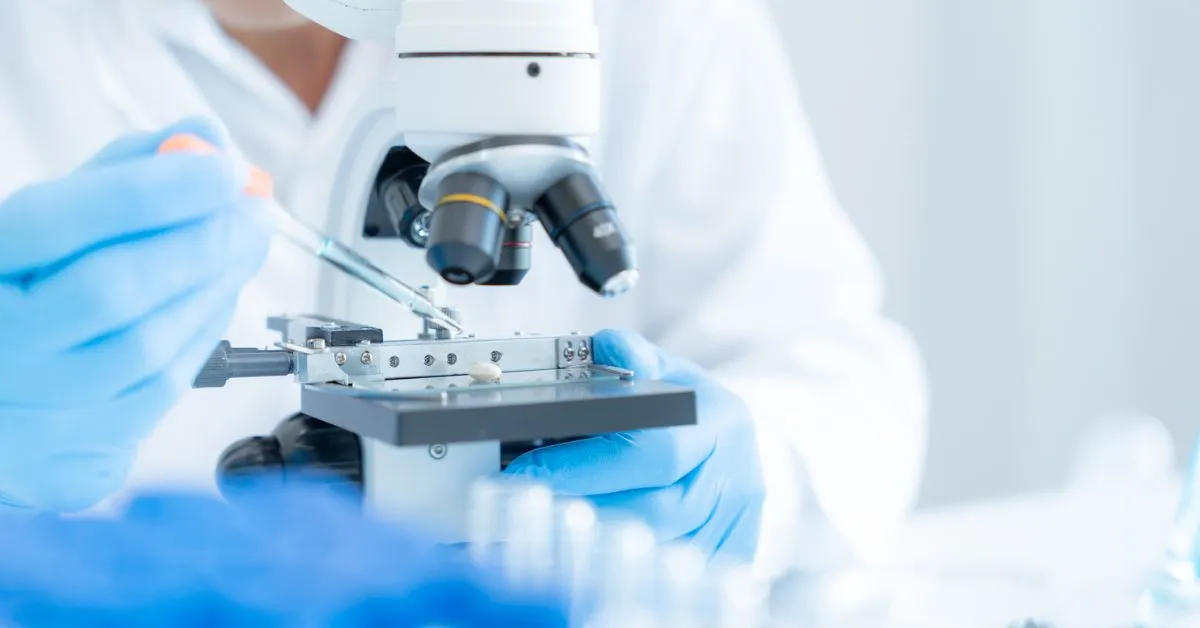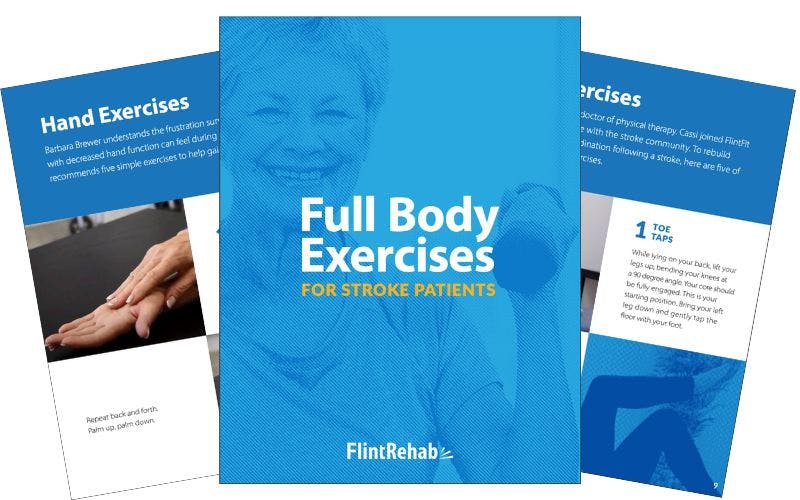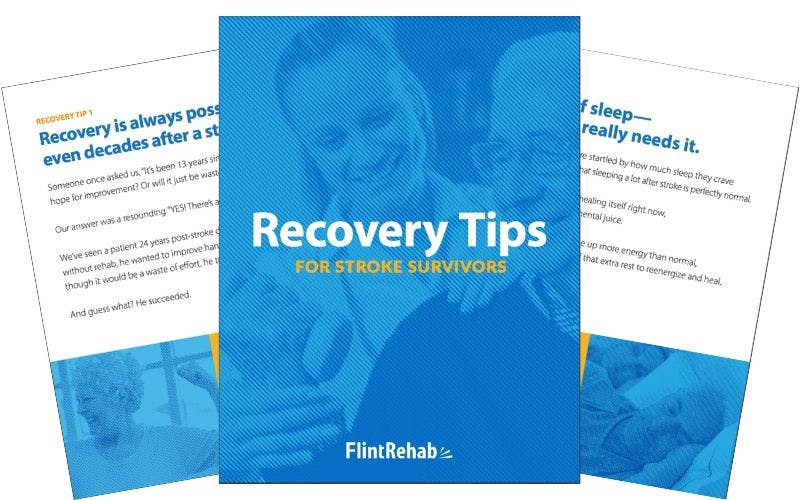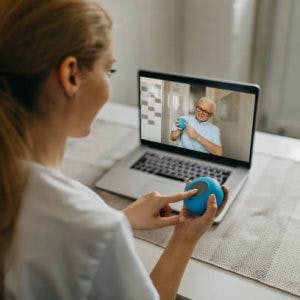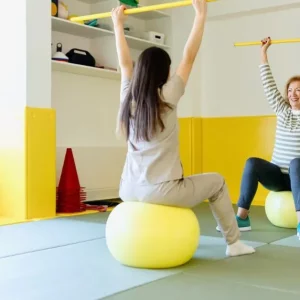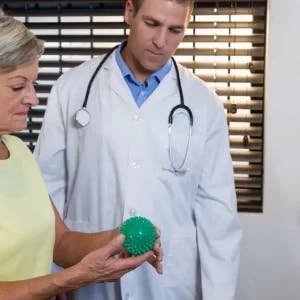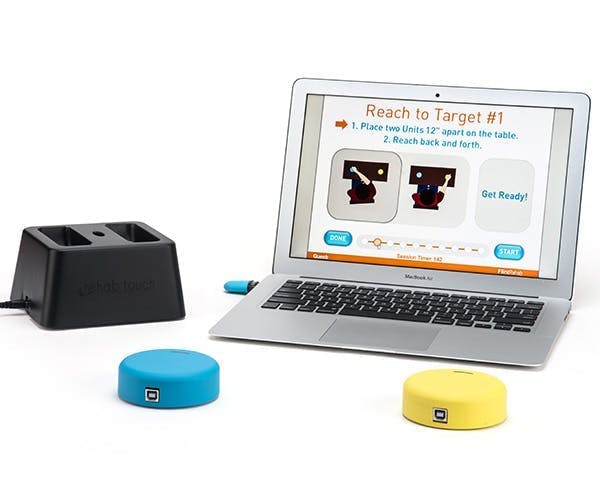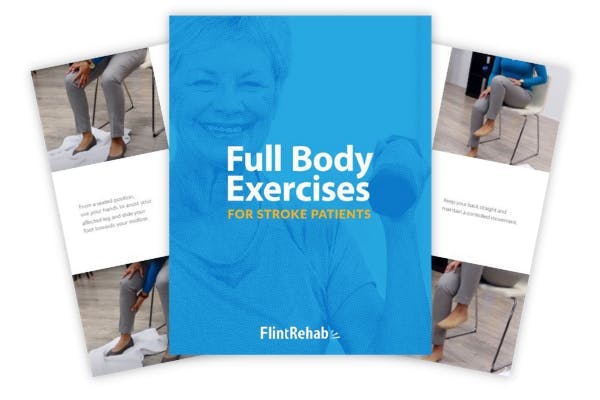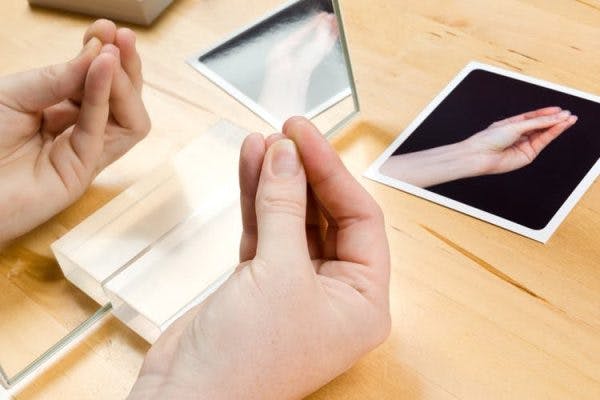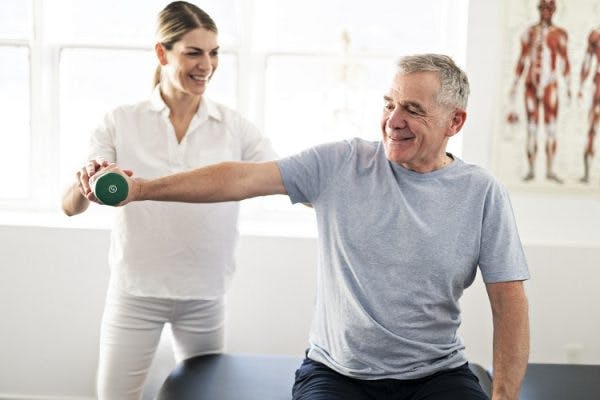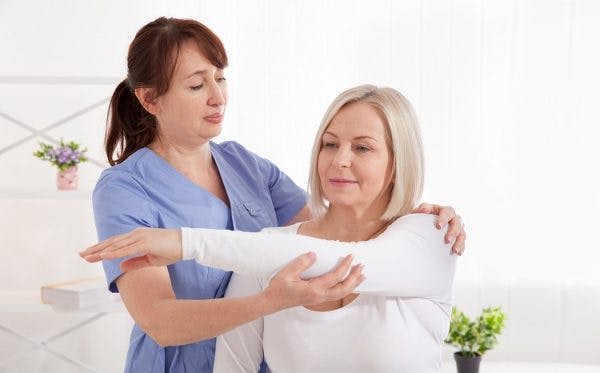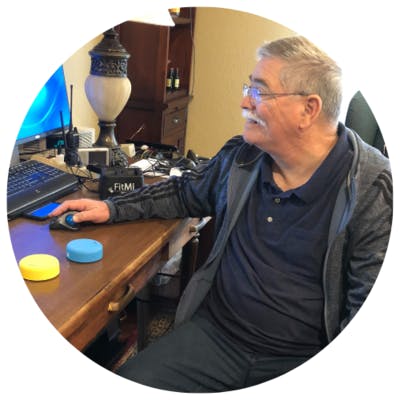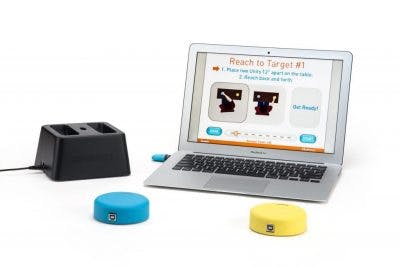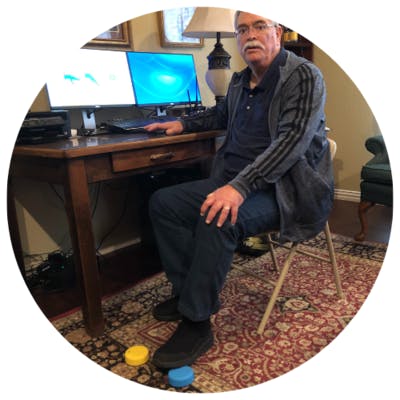Stroke is a major cause of disability worldwide, often dramatically affecting survivors’ abilities to move and perform daily activities. Traditional stroke recovery treatment usually involves physical rehabilitation, mental practice, and a number of other options which can help patients regain some lost abilities.
However, the intensity and duration required for substantial improvement can be difficult for many stroke survivors to maintain.
A Groundbreaking Discovery at UCLA
Researchers at UCLA Health have recently achieved a breakthrough that could change how stroke recovery is approached. Their findings, detailed in a recent article published in the esteemed scientific journal Nature Communications, describe a drug for stroke that is capable of replicating the positive effects of physical rehabilitation in mice.
Simply put, this drug helps by reconnecting brain pathways that are disrupted after a stroke. But what exactly does that mean?
Let’s break it down for you!
Understanding Stroke’s Impact on the Brain
In the study, the research team sought to understand precisely how physical rehabilitation aids recovery after a stroke. In other words, why does physical rehabilitation actually help regain function?
They discovered something critical: stroke doesn’t only affect the specific area where damage occurs, but it also causes widespread disruption of neural connections throughout the brain. These neural connections can affect how our brain communicates with different parts of the body to carry out a variety of functions.
The Role of Parvalbumin Neurons
One key type of neuron affected by stroke is known as a parvalbumin neuron. These neurons play an essential role in creating gamma oscillations, which are brain rhythms critical for coordinating precise movements and actions.
When stroke disrupts these neurons, the brain loses its ability to produce these crucial gamma rhythms, resulting in impaired movement control. Actions like walking, gripping objects, or even standing become challenging due to a loss of coordination and rhythm in brain signaling.
How Physical Rehabilitation Helps
Interestingly, the UCLA researchers observed that successful physical rehabilitation helps restore these gamma oscillations. Rehabilitation works by repairing the damaged connections within the brain, essentially re-establishing communication between neurons.
As these connections are rebuilt, movements gradually become smoother and more coordinated again.
Developing a Drug to Mimic Rehabilitation
With this knowledge, the research team aimed to identify potential drugs that could directly stimulate parvalbumin neurons. The idea being that they could replicate the beneficial effects of physical therapy without requiring the intense physical activity that many stroke survivors struggle to maintain. In doing so, this could potentially help restore communication between neurons which would lead to increased function.
Introducing DDL-920
Among the tested drugs, one stood out: DDL-920. This drug, developed by Varghese John’s laboratory at UCLA, specifically targets and stimulates parvalbumin neurons.
In their studies with mice, DDL-920 showed remarkable effectiveness. It significantly improved the mice’s ability to control their movements, mirroring the positive outcomes usually seen after rigorous physical therapy sessions.
Why is this Discovery Significant?
This discovery is significant for a number of reasons. However, there are two reasons this stands out with regard to stroke rehabilitation.
Revealing Stroke Rehabilitation’s Mechanism
Firstly, this discovery clearly shows the specific pathways and processes through which rehabilitation helps the brain heal after a stroke. In other words, we know why rehabilitation works.
Knowing exactly how and why physical rehabilitation works allows scientists and medical professionals to develop more targeted and effective therapies.
Combining Therapies for Better Recovery
Secondly, this breakthrough raises the exciting possibility of combining stroke drug-based therapy with traditional physical therapy. Together, these treatments might significantly enhance the effectiveness and speed of recovery for stroke patients, providing new hope for better outcomes and improved quality of life.
Looking Forward: The Next Steps
While the discovery of DDL-920 represents a significant step forward, it’s important to acknowledge that this research is still in its early stages. Further studies, including clinical trials in humans, are necessary to confirm the drug’s safety, effectiveness, and practicality as a treatment for stroke survivors.
Nevertheless, the future is bright. This innovative research from UCLA provides hope and optimism for stroke survivors and their families, potentially transforming the landscape of stroke recovery and rehabilitation practices.

